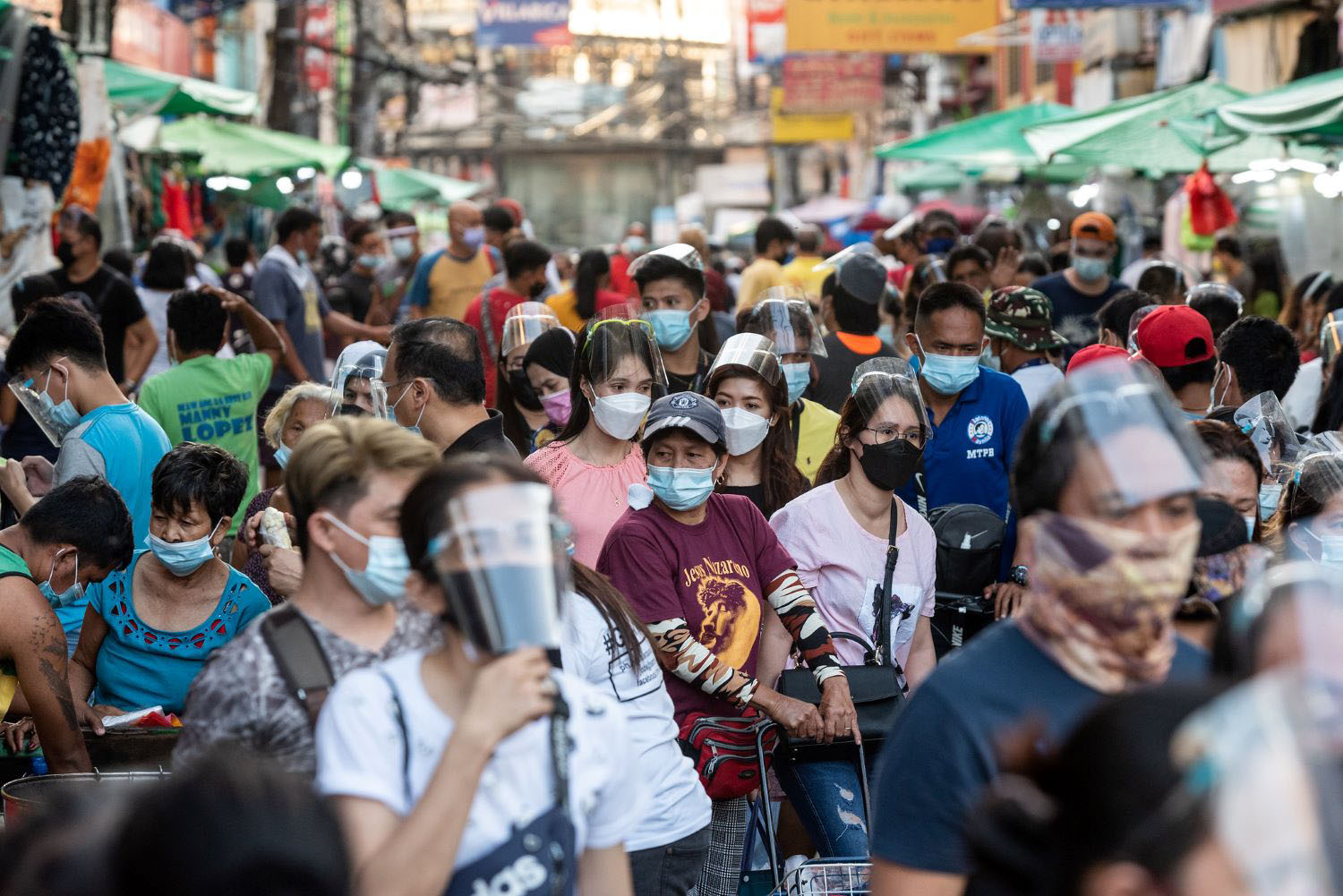On Friday Cynthia Bowers of CBS News asked me some questions about the economic impact of the current flu epidemic, particularly on the United States. Since my own focus, as reflected in my recent post, has been on the impact on the developing world, I wish I had said just three more simple things: “To prepare for the next time, the US together with the international community should: 1. Sustain international cooperation on surveillance 2. Expand surveillance effort to ALL infectious diseases 3. Learn from Mexico’s current difficulties” Here’s what’s behind my recommendations:Sustain international cooperation on surveillance The following three charts from a report from the UN System Influenza Coordinator gives the story on the last flu outbreak, that of avian flu (or H5N1), and of the international effort to prevent its spread or recurrence. The first of these shows in green the annual number of total reported cases of H5N1 from 2004 through 2008 and in pale yellow the number of deaths. The red line shows the cumulative number of countries reporting the disease in birds. The epidemic seems to have burned itself out by the end of 2008. The second graph from the same source shows that interest in funding interventions to prevent the recurrence of such an epidemic also seemed to have burned out. From an excess of enthusiasm in 2006, when they provided more than $1.8 billion to finance a need of $1.2 billion, most donors rapidly dropped away. Of the 35 donors who participated in the initial response in 2006, only 4 remained interested by October 2008. One is tempted to conclude that, had the other 31 donors remained committed to financing surveillance capacity in the developing world and financing needs had been met, the current outbreak in Mexico could have been contained before it spread to Mexico City and thence to the world.
This is clearly a problem of collective action: the 31 drop-out countries, as well as a few that never participated at all, made the decision to free-ride on the generosity of the four countries that stayed the course. Solving problems of collective action requires strong international institutions, which in turn are only possible in a world which recognizes their need. The lesson here is to put financing for disease surveillance on a sustainable basis. Vigilance requires that the US and other nations cede some degree of sovereignty to an international institution like the UN System Influenza Coordinator, endowing it with some approximation of the authority to tax rich country governments and spend the money to assure high quality surveillance and containment in the developing world. Expand surveillance effort to ALL infectious diseases However, the story is not that simple. The next graph, which is from the same report, shows the distribution of unmet financing needs by region of the world.
Look at Latin America. While the poorest countries of the world were requesting help to continue strengthening their capacity to detect and contain an outbreak, the countries of Latin America were apparently confident that they were in good shape. Clearly the Mexican authorities, at least, underestimated their need to improve surveillance. Why did the Mexicans seem to get this wrong? Perhaps the Mexican government was asked the wrong question. If task force members asked the Mexican government only about the bird flu, ignoring the country’s risk of - and readiness to detect and contain - other infectious diseases, the task force would have missed Mexico’s potential problems with a swine flu outbreak. This possibility points to a major problem with the otherwise laudatory effort of the UN: They focused too narrowly on the avian flu. The establishment of national surveillance systems to detect only avian flu, or indeed only the flu, strikes me as extremely myopic.
In a globalized world, we are threatened by many potentially lethal infectious bugs. Among the scariest are the various infectious microbes and parasites that are developing resistance to our current drugs. (Extremely drug resistant tuberculosis (XDRTB), methicillin-resistant Staphylococcus aureus (MRSA), chloroquine resistant malaria and drug-resistant HIV are four of concern here at the CGD. We also need protection from potential biological warfare agents, which might be released either here or in other countries.
Learn from Mexico’s current difficulties Perhaps detecting and containing an outbreak is too difficult. The public health systems of Mexico and of most Latin American countries are far better equipped to detect and treat illness than are those of the the poorer countries of other regions. Maybe Mexican health officials could not have detected or contained this outbreak even if they had benefited from immense international support. After all, this flu looks a lot like a more benign strain early in the infection. And an infected person can transmit the flu even before he knows he is sick. Some will argue that flu is impossible to detect and contain, so that we should stop spending to reinforce disease surveillance and containment efforts in other countries, or indeed even in our own country, and just prepare to do the best we can with treatment once the pandemic strikes. This defeatist argument is similar to what we hear from some skeptics about carbon cap and trade policies: “there’s nothing we can do about global warming, so better not to try”. It will help for infectious disease experts to make the case to the public either that (1) with stronger surveillance and containment policies, Mexico could have stemmed this outbreak, or that (2) this outbreak was unusually difficult to detect, but the next one is likely to be more easily preventable and detectable provided we do X, Y and Z. As with the arguments for and against carbon controls, innovative proposals for technological solutions will be advanced to strengthen the case for intervention. In contrast to Chinese initial reticence to disclose details on its 2004 influenza outbreak, Mexico has a good record for transparency regarding social policy. We can all hope that once this outbreak has moderated and the public health emergency is past, Mexican and international experts will collaborate to answer the question: Why was a country with no expressed need for a stronger defense against influenza unable to detect it early enough for containment? And how can the international community work together to reduce the likelihood of a recurrence?
Disclaimer
CGD blog posts reflect the views of the authors, drawing on prior research and experience in their areas of expertise. CGD is a nonpartisan, independent organization and does not take institutional positions.





